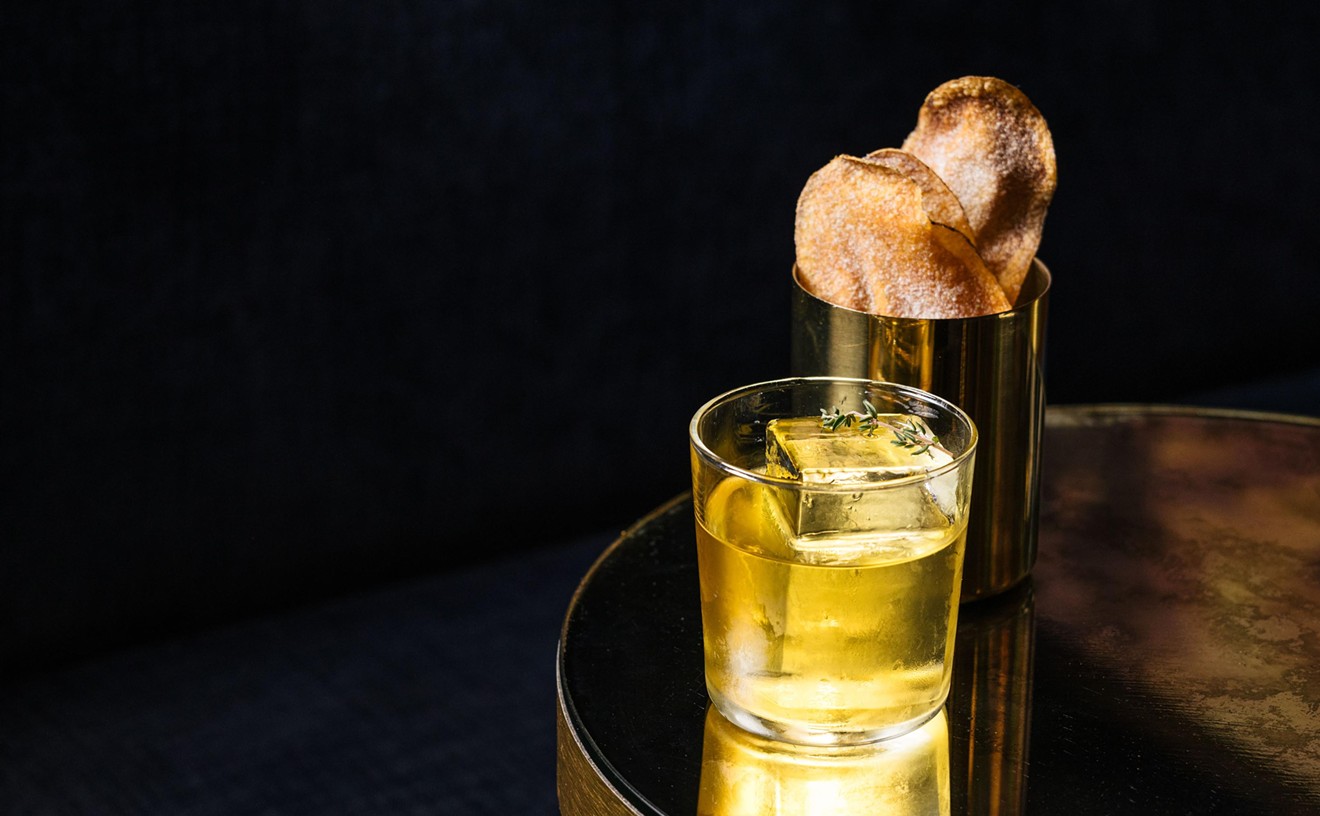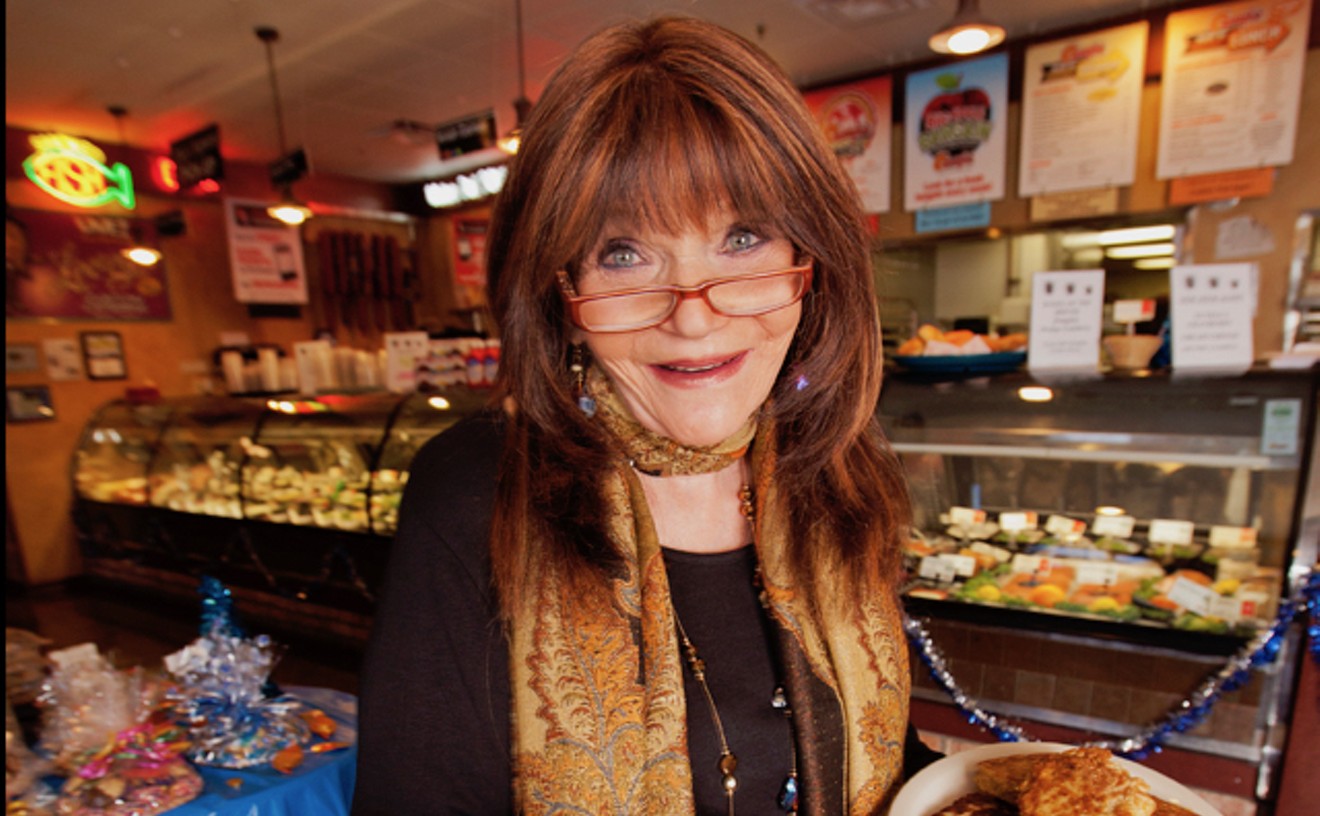It is de rigueur these days to talk about terroir driven wines, wines that evoke a sense of place based on the geographical sites that give certain characteristics based on microclimate and soil type. It's also trendy to talk about "non-interventionist" winemaking, letting the wine make itself with as little human manipulation as possible, using native yeasts etc. etc. All of this is great, and a worthy philosophical view toward making wine as naturally as possible.
See also: Northern Italian White Wines: Stuff I'm Geekin' On
However, all of that ignores the fact that winemakers have a lot to do with the finished juice. As much as we all want to pretend that wine just simply makes itself, the reality is that winemakers work their asses off to make sure that nothing goes wrong in the process and that the finished product evokes not only a sense of place but also the style at which they are aiming. Part of this process is blending. We don't talk about it much, it's almost like a "man behind the curtain" sort of exercise, but blending wine is one of the most important tools in a winemaker's arsenal, and also one of the most overlooked.
Many of the world's best wines are blends, Chateauneuf-du-Pape, Bordeaux, Chianti, Amerone, Napa's "meritages," the list goes on and on. And even wines that are ostensibly single varietals could be blends. Wines labelled as single varietals in California are allowed to have up to 25% other grapes, so that Sonoma Zin you might be drinking could have some petit sirah and cunoise blended into it. Even wines that are truly single varietal are blends of different vineyard sites or different clones, blending is all around us.
Blends of different varietals have been around a long time, probably due to the fact that different varietals happened to be growing in the vineyard, over time those blends began to become tradition and that tradition became the signature of a particular area, Bordeaux and Chateauneuf-du-Pape are great examples of this phenomenon. In the new world, winemakers have tried to emulate those more established old world wines by using the same varietal blends, many Napa reds are "Bordeaux" blends for instance.
Blending accomplishes a couple things. First is that if you have, say, merlot that got really ripe and is fleshy, jammy and a little flabby you don't want to bottle that on its own so you look to blend something into it that will give it some structure, some backbone. In comes cabernet sauvignon or cabernet franc, which will impart tannin, a little perfume, and a sturdier structure. You blend to make up for the shortcomings of the original grape. The end product is greater than the sum of its parts, and that's why winemakers blend.
The other thing that blending does is allows winemakers and growers to use all of the land at their disposal. If there is a corner of the Grenache vineyard that doesn't get enough sunlight to fully ripen Grenache then you plant something else that will thrive on that quarter acre and blend it into your Grenache.
Blending involves a lot of tasting and an intimate knowledge of the vineyard sites on which the fruit is grown. It's a skill, an art, a craft and one of the most crucial tasks in the winery. Behind the curtain of "non-intervention" lies a hardworking winemaker who tastes, blends, and tastes again, all in an effort to produce a great bottle of wine. When I'm swirling and sniffing a great California pinot, I take a short moment to tip my hat to the winemaker who blended it into the expression in my glass.
When I'm not writing this column, or reading vintage charts to my daughter, you can find me pouring wine at FnB.










